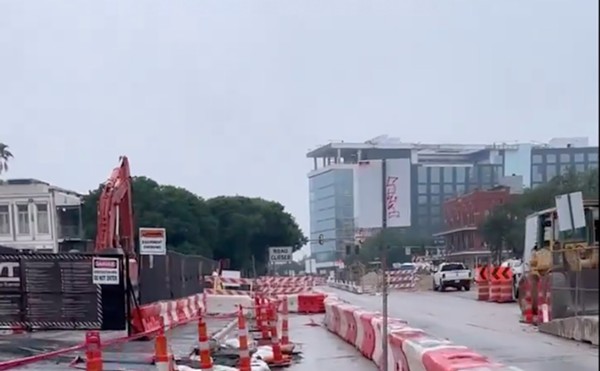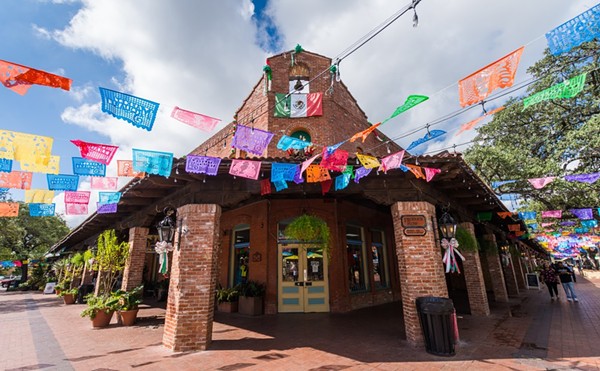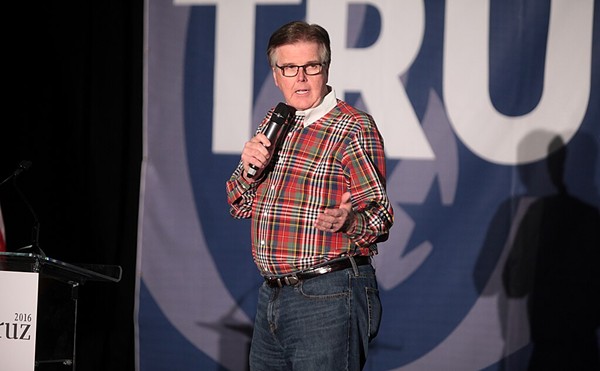Not a surprise. Despite the touting of Mayor Hardberger’s “leadership,” and the ardent daily-newspaper editorials decrying the evils of our term-limit scheme and its harm to the community by “keeping good ideas from getting enacted,” the public doesn’t seem too concerned. To understand why, we can set the time machine back to May 1991, and take a brief look at the election and vote that got us our “restrictive” term limits.
The 1991 city election was an unusual one, wide open and hotly contested. Henry Cisneros had chosen not to run for reelection in 1989, and he was succeeded by former mayor Lila Cockrell. Cockrell inherited a host of troubles, including a bloated budget and a drop in tax revenues. The Homeowner-Taxpayer Association mounted a petition campaign to put two issues on the May ballot: the proposed Applewhite Reservoir and a charter change limiting the mayor and city councilmembers to two, two-year terms, followed by a lifetime ban.
The Applewhite and charter change proposals joined a serious battle for mayor. Cockrell chose to run for reelection. She was opposed by a host of candidates, including councilmembers Nelson Wolff, Maria Berriozabal, Van Archer, and Jimmie Hasslocher.
It was clear that the voters were in a mood for change. Cockrell came in third (and out of the runoff), well behind leader Maria Berriozabal and eventual winner Nelson Wolff.
The mayoral results were a testament to how diverse — and divided — the city of San Antonio was. Berriozabal garnered substantial support, often in excess of 80 percent, in largely Hispanic neighborhoods, but failed to persuade many Northside voters. Wolff did far better in largely Anglo precincts, but he only managed to capture a majority of the vote in a handful of largely African-American precincts.
It was a different story for term limits. The term-limit charter change managed to gain 65 percent of the vote.
In a community as diverse as San Antonio, in terms of race and ethnicity, income and education, it would be easy to focus on one part of town, or one group, as the source of voter dissatisfaction. But that would be wrong.
Term limits were a walloping success at the ballot box in literally every part of the city. Out of 252 voting precincts, only four failed to provide a majority in favor of term limits. Even in those four, the “yes” vote on limiting terms was 47 percent. A total of 187 precincts provided votes for term limits of 60 percent or more.
The overwhelming majority of voters, from one end of the city to the other, called for limiting mayor and council terms. In a city where there is often serious political disagreement, the term limit vote was near unanimous. The vote against Applewhite, in contrast, was a squeaker, with just 51 percent of the voters opposed.
I’ll leave the question of why the public was so distrustful of elected city officials for another day. But let’s make the history lesson clear — in 1991, the voters, across the entire city, wanted term limits and they wanted a change in who ran city government. There was no mistaking their message, no conclusion that the term-limit plan was somehow unclear or misunderstood.
Let’s fast forward a bit, to May 2004. After years of complaints from elected officials, business leaders, and editorial writers about the evils of term limits, Mayor Ed Garza and the city council put a proposal on the ballot to change the two-year term, two-term limit to a maximum of three, three-year terms. The 2004 change would have increased the possible service for a mayor or councilmember from four to nine years and altered the lifetime ban. There was lots of backing for loosening term limits, from chambers of commerce to civic groups. There was an educational campaign financed with more than $300,000.
The result: 66 percent of the voters, from one end of the city to the other, north and south, said “NO” and voted to keep term limits just the same. And they did it exactly the way they did in 1991, clearly and overwhelmingly.
No amount of “education” will readily change the unease with which our citizens regard politicians. The history speaks for itself.


















